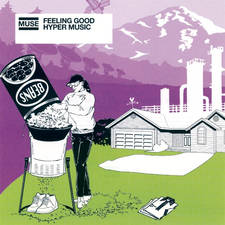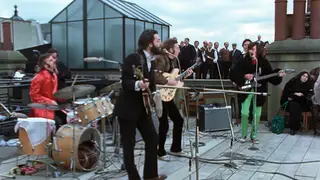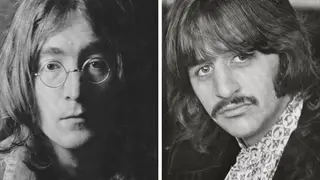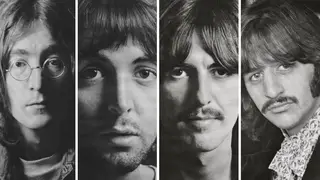Was The Beatles’ A Day In The Life a true story?
13 April 2020, 17:00 | Updated: 11 February 2021, 17:30
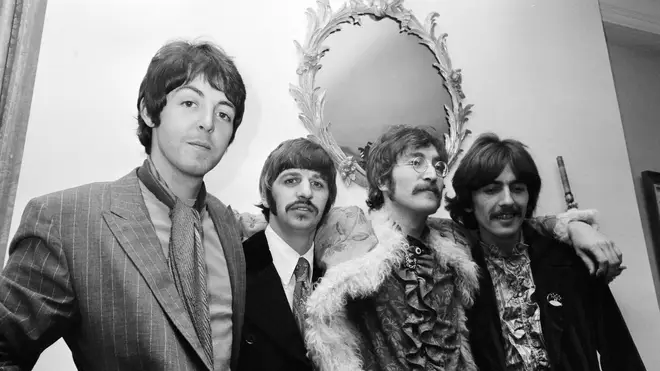
Was John Lennon’s masterpiece a product of his imagination, or was the Sgt Pepper track based on real life events?
A Day In The Life is - to put it simply - The Beatles’ masterpiece. But it was based on not just one, but a number of true stories.
The awesome finale to the classic Sgt Pepper’s Lonely Hearts Club Band album from 1967, this was the perfect example of the John Lennon and Paul McCartney songwriting team.
The world-weary verses were Lennon’s, while the upbeat, down to earth section was pure McCartney.

The Beatles - A Day In The Life
But Lennon’s spine-chilling voice wasn’t just singing random phrases - he was basing his lyrics on actual stories that he was picking from the daily newspaper.
John would sit at home in Weybridge, Surrey with a copy of the Daily Mail propped up on his piano, and the TV on in the background.
Who blew his mind out in a car?
On Tuesday 17 January 1967, the Mail ran a story about Tara Browne, the 21-year-old Irish man who was set to inherit the fortune that belonged to the Guinness family. The previous month, on 18 December, he’d been driving in his Lotus Elan sports car through South Kensington when he missed a traffic light and ran straight into a lorry. He died in the accident and the newspaper that day ran the news about a custody hearing over his two young children.
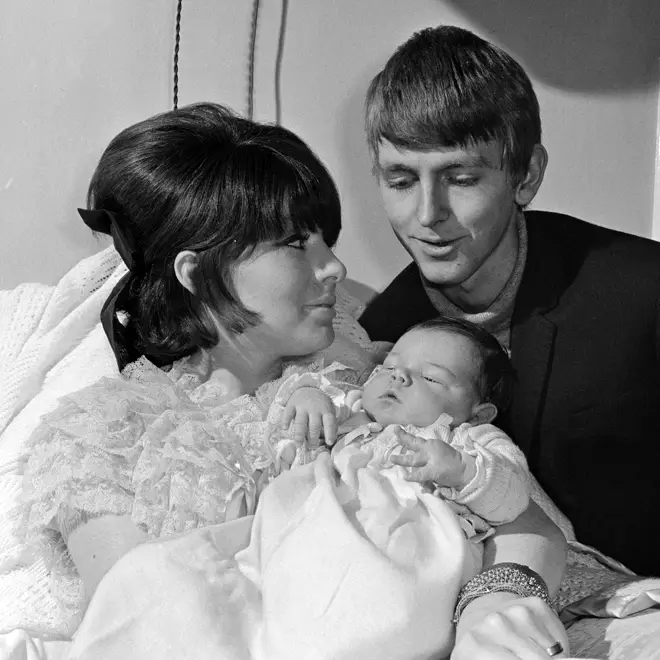
“I read the news today, oh boy / About a lucky man who made the grade…”
Tara Browne had been friends with Lennon and McCartney, so the sad news wove itself into the new song that Lennon had started to write. John claimed that the song wasn’t a copy of the incident, but an inspiration, while McCartney later claimed that he thought the verse was more about “a politician bombed out on drugs”… which may have come from the line “Nobody was really sure if he was from the House Of Lords”.
The English Army Had Just Won The War
The second verse also picked up on recent influences: Lennon had taken the part of Musketeer Gripweed in the film How I Won The War. Directed by Richard Lester, who had helmed the two Beatles movies A Hard Day’s Night and Help!, the film was a satire on the Second World War and based on a novel by Patrick Ryan.
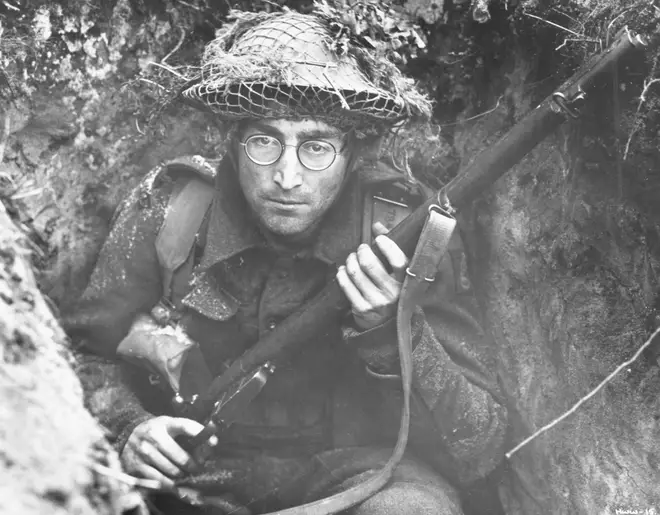
How many holes does it take to fill the Royal Albert Hall?
Following McCartney’s jolly slice-of-life, getting-up-in-the-morning middle section, Lennon’s final verse brought the story back down to earth. In the same newspaper, he spotted a brief piece titled: “The Holes In Our Roads”.
"There are 4,000 holes in the road in Blackburn, Lancashire, or one twenty-sixth of a hole per person, according to a council survey,” read the piece, offering the Beatle another mundane piece of trivia to work into the collage he was making.
Lennon was missing a word, however, and needed something to fill the line “Now they know how many holes it takes to ___ the Albert Hall”. It was his friend Terry Doran who suggested the word “fill”.
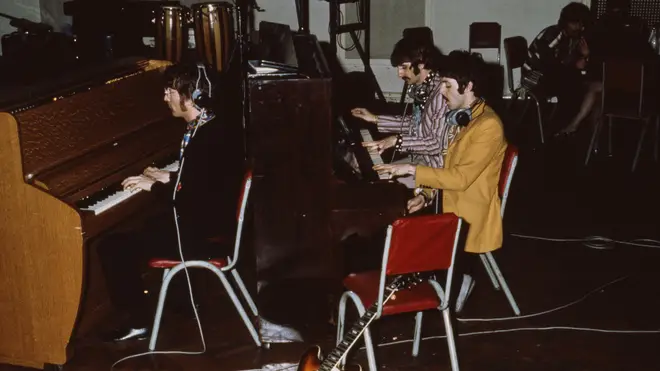
I’d Love To Turn You On
The two halves of the song were welded together thanks to some amazing orchestration from producer George Martin and his engineer Geoff Emerick.
The two separate parts were linked by a “musical orgasm”, in which Martin employed a 40-piece orchestra and told each and every member to work their way from their instrument’s lowest note to its highest over the course of 24 bars.
The finishing touch was a huge, ever-lasting E-major chord played by John, Paul, Ringo and roadie Mal Evans across three pianos, with George Martin on a harmonium. The original idea was a kind of “cosmic hum” sung by the band, but when that turned out to be rubbish, the pianos were brought out, ending the song and the Sgt Pepper album.
Have a listen to the very first take, complete with the "hums" ending dubbed on:

A Day In The Life (Take 1 With Hums)
